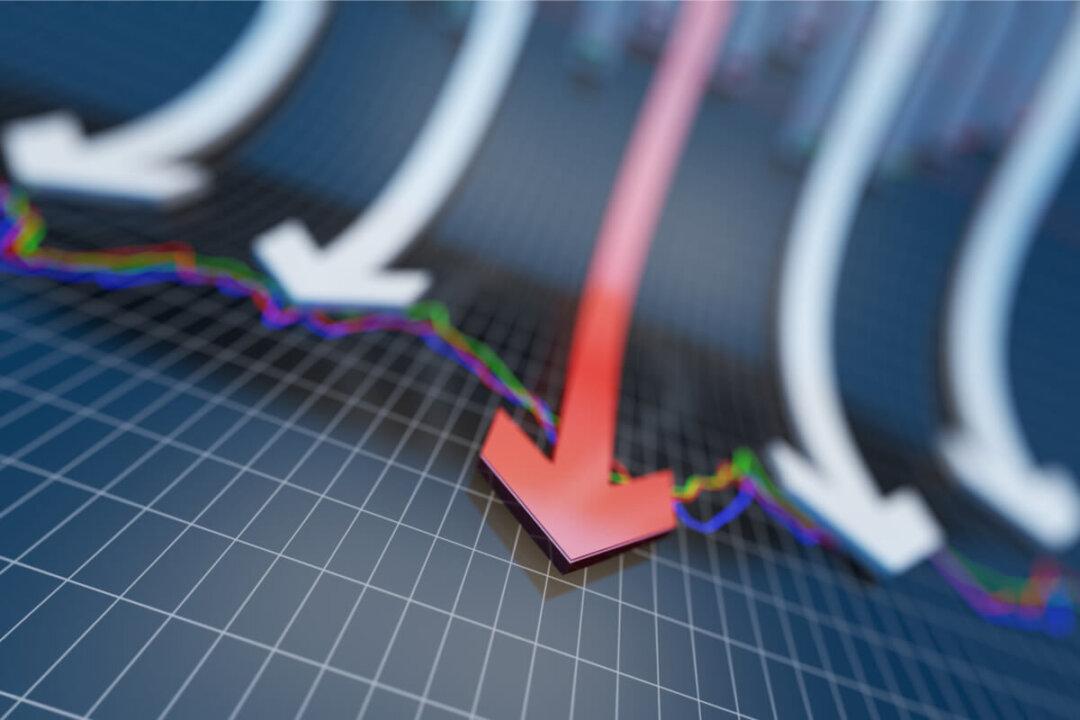Commentary
The relationship between unemployment and core Consumer Price Index inflation is often plotted to produce the Phillips Curve. The results will differ between economies. To many observers, the main difference between U.S. and European economies is the relatively weak real activity and persistently high inflation of the latter. This suggests the United States is situated in a more inner region than Europe on the Phillips curve, where the x- and y-axes refer to unemployment and inflation rates, respectively. That says the United States has both lower unemployment and inflation rates than Europe. To see if this is true, we plot the curves, starting from 1998 (when data began) to 2022, of three economies for comparison.





